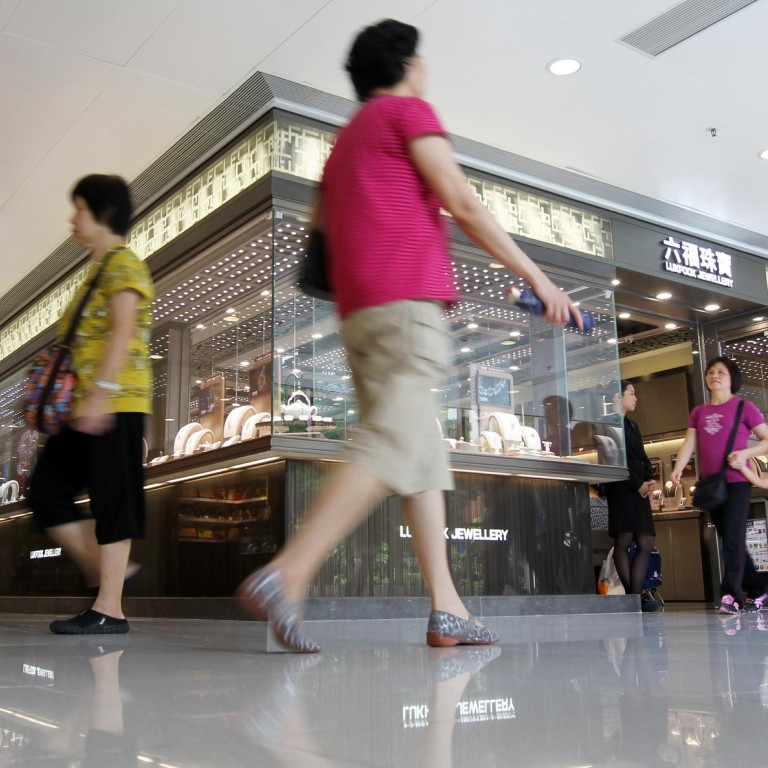
Doubts expressed on future of subdivided retail floors
The recent trend of property owners offering subdivided shops for sale may not be sustained because management complexities will make it hard for individual players to survive in a highly competitive retail sector, according to market watchers.
The recent trend of property owners offering subdivided shops for sale may not be sustained because management complexities will make it hard for individual players to survive in a highly competitive retail sector, according to market watchers.
Four shopping centres or large retail floors have or are planning to divide their properties into 500 shops to tap cash-rich investors.
The shops range from 30 to 150 sq ft in saleable area, with the cheapest one costing just HK$900,000, and offering guaranteed rental income of up to 5 per cent in the first two years.
"The trend of selling subdivided outlets comes back whenever the market has ample liquidity," said Michael Chik, a managing director at Sheraton Valuers.
But Chik had misgivings about the investment products, saying owners of subdivided space might have difficulty finding buyers or tenants after the expiry of the guaranteed rental period.
"Only a few malls with subdivided outlets located in prime locations work after the transformation," he said. "We have seen many of these small shops left vacant for years given the poor trade mix. You may see these malls have retailers selling candies next to a Chinese herb doctor and tailor. It is hard to draw shoppers."
The resale of such tiny shops was also not easy because individual owners could not afford to provide guaranteed rental income, he said.
But Stanley Poon, a managing director at Centaline's commercial property department, said demand for small shops remained strong as a growing number of investors shifted their capital from the residential market, particularly luxury homes, due to increases in stamp duty.
"Buyers of non-residential properties are only required to pay double stamp duty," said Poon, whose company has just been appointed by Temple Investment to market subdivided shops at a premises in Mong Kok.
The 15 per cent buyer's stamp duty and special stamp duty only apply to the purchase of residential properties. Buyers will also have to pay a special stamp duty of up to 20 per cent if they resell the home within three years.
Temple Investment plans to convert the 12,000 sq ft second floor of Ho King Commercial Centre in Fa Yuen Street, Mong Kok - formerly occupied by a Korean restaurant - into 79 small shops with gross floor areas ranging from 60 to 300 sq ft.
The floor, to be renamed MKM, will be released for sale at an average of HK$30,000 per square foot soon, with the entry price set at HK$2.6 million.
Poon said the efficiency rate for the shops was 50 per cent, which meant they ranged in size from 30 to 150 sq ft.
The developer would provide 5 per cent guaranteed rental income for the first two years, and would also offer subsidies to offset the impact of the double stamp duty.
"Temple Investment's Argyle Centre provides a successful track record of operating malls with tiny shops," Poon said.
A consortium including Temple Investment and Yu Ming Investment bought Argyle Centre for HK$1 billion in 1997 and subsequently resold some of the small shops. The consortium still holds 200 shops at Argyle Centre for rental purposes.

